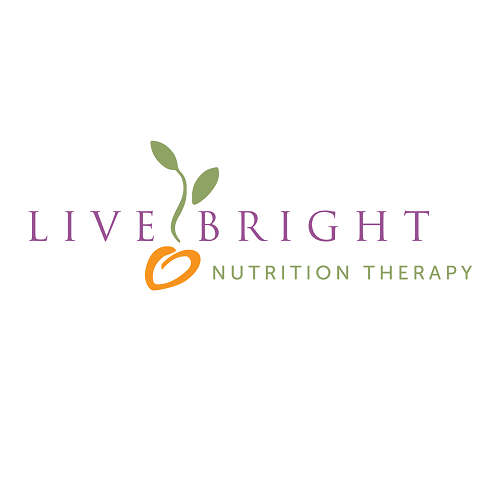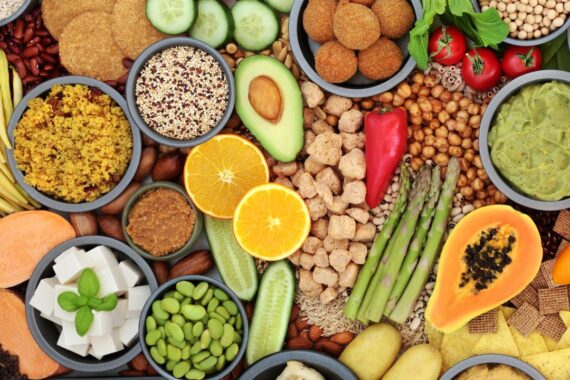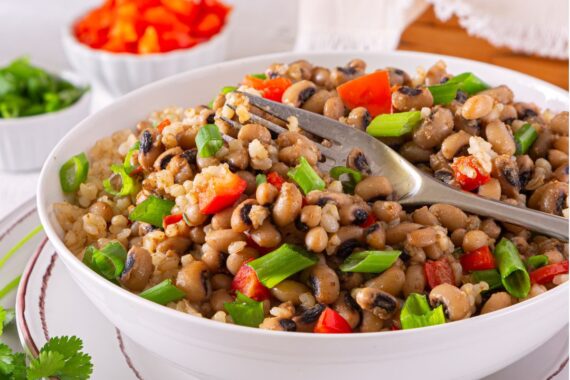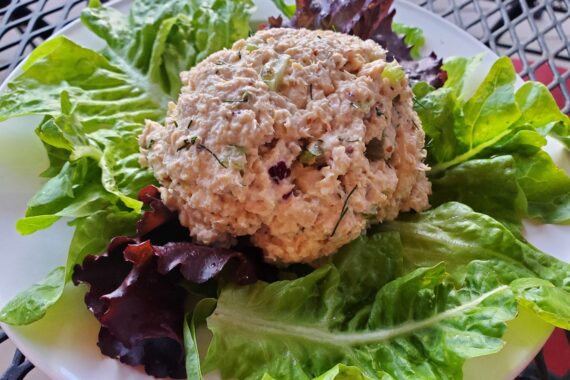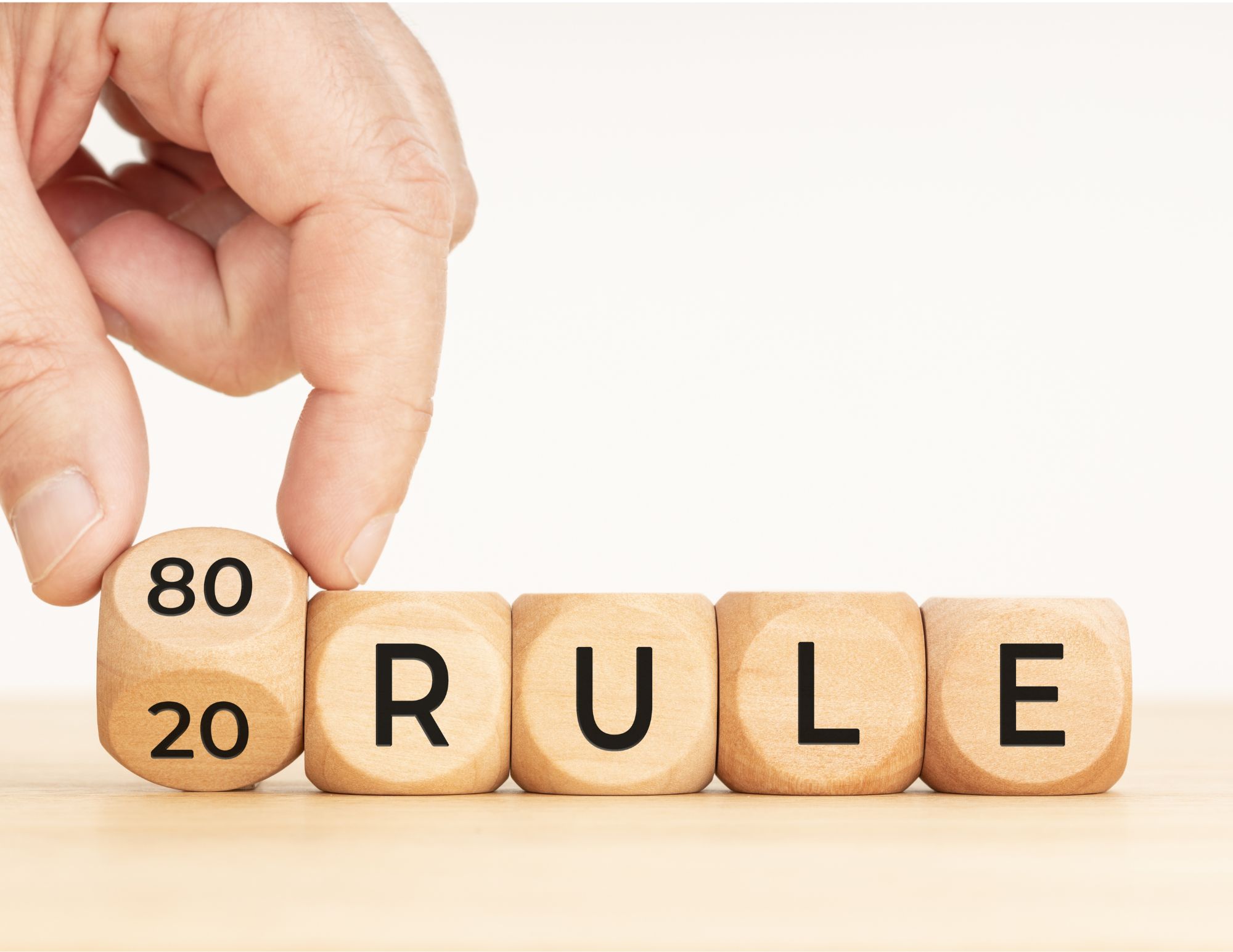
Is the 80/20 Nutrition Rule a Good Guideline?
I’ve been thinking about this question a lot lately.
The idea behind the 80/20 nutrition rule is that if you eat really clean 80% of the time, then you can ease up on the rules for the remaining 20% of the time. Call it treating yourself, or splurging, or going off the rails.
This can look like eating clean most of the day, then treating yourself with something special each day. Or it can look like eating clean 5.6 days of the week and splurging the remaining 1.4 days – a weekend warrior.
If you eat about 2000 calories each day, 80% would be 1600 calories. That leaves 400 calories every day for treating yourself.
Is 80/20 a good guideline?
What if you were told that you have to eat clean 100% of the time? Many people (myself included) would resent not having a treat here and there. Other people would feel overwhelmed and just start eating whatever they want because it feels too challenging. A handful of people would get triggered and start edging into the world of eating disorders (see orthorexia nervosa).
So yes, it’s OK to have some treats in addition to those healthy foods that are fueling your body and keeping you healthy. But it’s important to define what goes into the 80%, and to think through how you view that 20%.
What are the 80% healthy foods?
Let’s start by emphatically saying that eating clean, whole, nutrient-dense foods is NOT drudgery or torture! That 80% should be enjoyed (for the most part) and you should feel the benefits in your digestion, energy, sleep, skin and brain power.
What should 80% of your diet be every day?
One of the healthiest diets is the Mediterranean Diet. For the general population, this is a great diet to follow for your 80%. It includes:
- 5+ servings of a variety of vegetables (yes you read that right)
- 1-2 fruits
- 64 oz or more water
- Beans
- Whole grains (not processed flour foods)
- Nuts, seeds
- Animal proteins (meats, eggs, poultry, fish, dairy) that are well-sourced – pastured, grassfed/finished, wild-caught, or organic
- Healthy fats (olive oil, avocados, organic/grassfed butter, coconut oil, eggs, nuts, seeds)
If you eat within these guidelines 80% of the time, you will have a solid nutritional foundation. If you continue to eat within these guidelines even more than 80%, consider it adding to your nutrient reserves, like a savings account.
Now let’s talk about the remaining 20%
What are some of the ways we tend to treat ourselves?
- Alcohol
- Candy
- Desserts
- Excessive refined flour foods like breads, pasta and crackers
- Cheap fast-food – fries, pizza, burgers, chicken nuggets
- Chips and other crunchy snack foods
- Sweetened cereals
- Drinks sweetened with sugar, high-fructose corn syrup, or artificial sweeteners
What may make these foods unhealthy?
Sugar: The Dietary Guidelines for Americans recommends limiting calories from added sugars to less than 10 percent of total calories per day. For example, if you consume a 2,000 calorie daily diet, that would be 200 calories or 50 grams of added sugars per day.
Just a side-note here – 50 grams of sugar is 12 teaspoons of sugar! Don’t even get me started about how that’s a terrible guideline. I challenge my clients to keep their added sugar intake as low as possible most days. Sugar is inflammatory, wreaks havoc on your blood sugar and suppresses your immune system.
Alcohol: The Centers for Disease Control has had the same guidelines in place for years. “To reduce the risk of alcohol-related harms, the 2020-2025 Dietary Guidelines for Americans recommends that adults of legal drinking age can choose not to drink, or to drink in moderation by limiting intake to 2 drinks or less in a day for men or 1 drink or less in a day for women, on days when alcohol is consumed.” Studies show that risks for cancer start rising with any amount of alcohol consumed.
Ultra-Processed Foods: There is a push in the scientific community to update the Dietary Guidelines to warn against ultra-processed foods. These are industrially manufactured foods that have unusual combinations of flavors, additives, and ingredients, many of which are not found in nature. This combination creates “hyperpalatable” foods that are addictive and nearly impossible to eat in moderation. Many of them also contain unhealthy processed oils. This includes a lot of snack foods, cereals, processed meats and drinks.
Why do I focus on these? Because these are all things that taste really good, but don’t add any nutritional value. In fact, they deplete your nutrient reserves. It takes extra vitamins and minerals to detoxify from consuming each of these. All of them are inflammatory. And that is why it is so important to keep eating your 80% clean diet.
What will you fill your 20% with?
Using the example of eating 2000 calories a day, here are some examples of what you could fill your 400 calories with:
Foods
- 8 Oreo cookies (32 grams sugar)
- 3 cups of Captain Crunch cereal (51 grams sugar)
- 3/4 cup Ben and Jerry’s vanilla ice-cream (39 grams sugar)
- 3 Nutri Grain bars (36 grams sugar)
- 1 1/2 cups Jello pudding (47 grams sugar)
- 2 candy bars (50 grams sugar)
- 3 bags of Cheetos
- 2 small McDonald’s French fries
- 2 slices garlic bread
Drinks
- 4 glasses of wine
- Monster Energy Drink – 20 ounces (80 grams sugar)
- 1.5 Starbucks Frappucino (60+ grams of sugar)
- 2 Starbucks Café Lattes (36 grams sugar)
You likely wouldn’t eat or drink this much of any of these foods in one day, right?
But consider if you have a bag of Cheetos for lunch and 2 Oreo cookies as a snack, and a glass of wine with dinner in one day. Suddenly it seems more reasonable because you’re only indulging a little at a time. But you still have the full effect on your body.
Technically, if you just go by those 400 calories, you could be eating or drinking a tremendous amount of non-nutritious foods that are sapping your nutrient stores.
I’m not judging! I just want you to think through the choices you make with your 20%.
Personally, I have a couple of squares of dark chocolate most days, and a serving of chips. I also will go off the rails for special occasions and have a big serving of dessert. As I get older, it’s more important to me to save the bulk of my treats for special occasions, or to keep my daily treats to a small portion (like a spoonful of ice-cream instead of a bowl).
Healthy foods that feel like a treat
There are also some good option for healthy foods that feel like a treat.
- Chia pudding
- Berries with whipped cream
- Small amounts of dark chocolate
- Nuts and nut butters
- Homemade lightly buttered popcorn
Finally, everyone is unique. If you have chemical sensitivities (e.g., food dyes), food sensitivities, blood sugar issues, an inflammatory condition, or are on certain medications, you may need to be more careful about the choices you make to treat yourself.
Treat yourself well, my friend, and enjoy your splurges with your eyes wide open.
